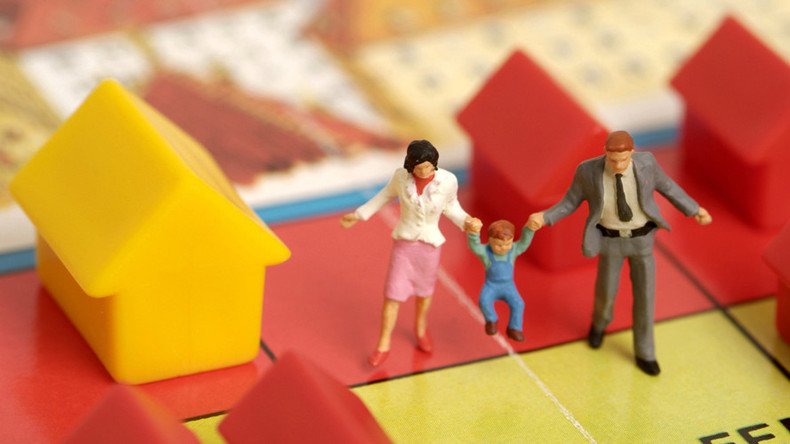Failure to launch: Millions stuck with parents as young can’t afford to buy or rent a home

One in four young adults is still living with mum and dad, with young men more likely to live at home as expensive rental and housing markets leave young people locked out of affordable accommodation.
Staggering new data collated by the Office for National Statistics (ONS) show a steady rise in the number of young people still living in their parental home. In 1998, 2.4 million young adults (aged 20-34) were living with mum and dad. Fast forward to 2017, and the number has climbed to 3.3 million.
1 in 3 males aged 20 to 34 were living with their parents in 2017 compared to 1 in 5 females https://t.co/5R0iGHIVZI
— Rich Pereira (@RichPereira_ONS) November 8, 2017
If the age group is widened from 15 to 34, the number shoots up from 5.8 million in 1996 to 6.5 million in 2017 - a tenth of the population in the UK.
The data shows that young women are far more likely to spread their wings and move out. Only one-fifth of young ladies live with their parents, compared to nearly a third of young men.
The ONS suggests that the increasing number of young people living at home for longer could be explained by people staying in the education system for longer, having kids and forming long-lasting relationships at later ages; as well as being due to the increasing cost of renting or buying a home.
Increasing house prices could be the reason for the diminishing number of young adults entering the housing market. According to the ONS, the number of loans given to first-home buyers has dropped significantly in recent decades.
There were up to 600,000 loans to first-time buyers each year between the 1980s and 2000s. In 2003, there was a 31-percent decline, and another 47-percent drop in 2008. Recently, the number of first-time buyers has been recovering, although numbers fell again in 2015 and have remained lower than numbers seen before 2003.
Therefore, the average age of homeowners has shifted. In 1991, 67 percent of people aged 25 to 34 were homeowners, and by 2017 the figure had dwindled to only 36 percent - further proof that fewer and fewer young people are buying homes.












